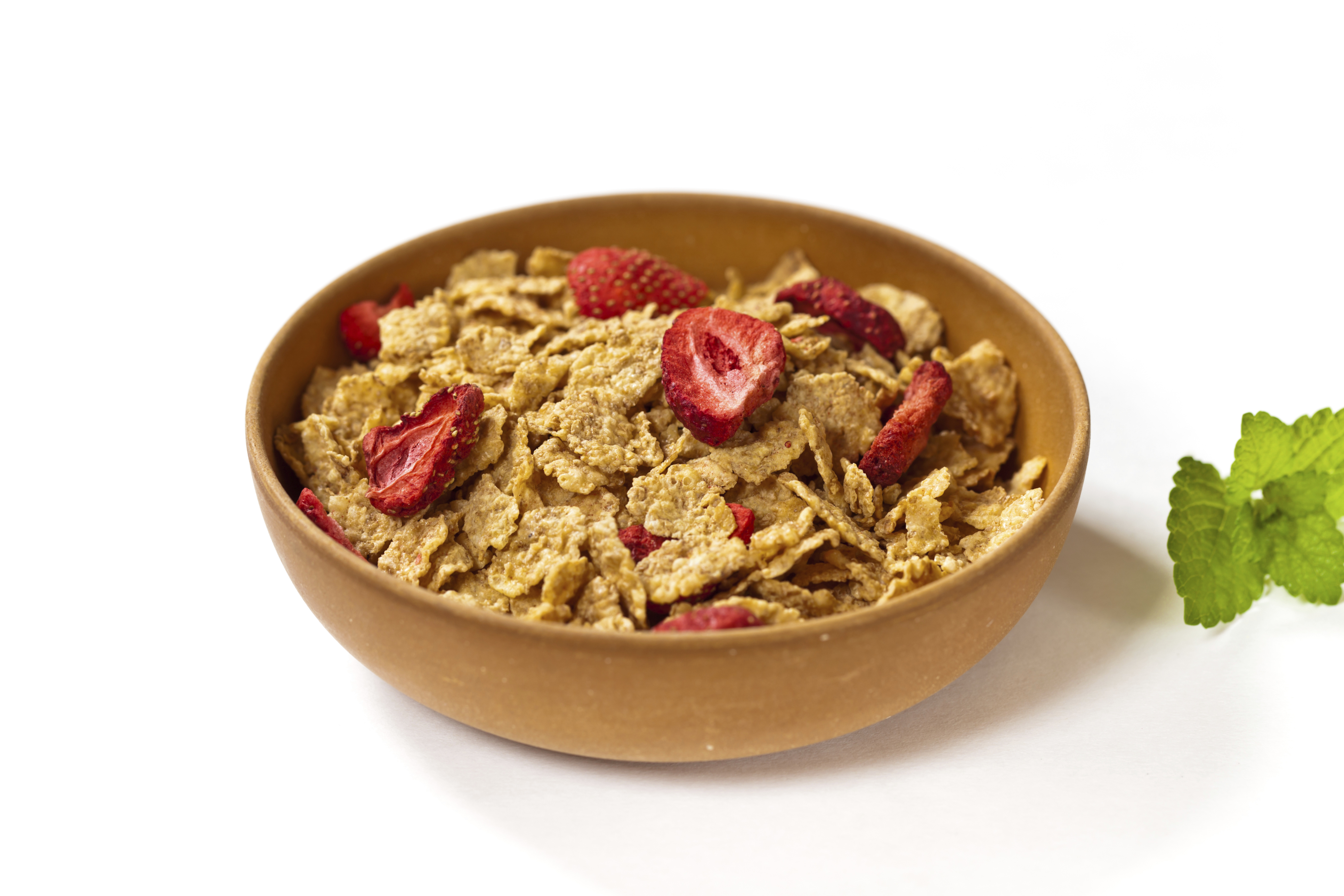Article contributed by Debbie J., MS, RD –
So you’re aware that excess sugar is bad for you – your skin, waistline and soft tissue. The obvious foods are sugary condiments like syrup, jelly, honey, and BBQ sauce. Desserts are, by nature, sweetened baked goods or dairy desserts. Candies — they are called “sweets,” after all, and sodas are nothing but sweetened carbonated water.
But did you know added sugar lurks in snacks?
In fact sugar is even in the ingredients you use for some of your favorite entrees? Below are the top culprits that have added sugars, which means the amount of extra sugar does not from the main fruit or vegetable ingredients.
Cold Cereals
Oh my, where to start here… Take away ALL of the kids’ cereals, and even among the bran and oats targeted for adults there’s tons of added sugar in many boxes. The key words to look for are “vanilla,” “cinnamon,” “honey,” “granola,” and “clusters.”
Plain shredded wheat, oat circles and bran flakes have from 0-5 grams sugar per serving, while flavored versions have more than 12 grams sugar per serving.
In the worst cases, sugar contributes to HALF the carbohydrates in some cereals!
Recommendation:
Look for the sugar grams to be only ¼ of the total carbohydrate grams.
Flavored Yogurt
A mere 6 oz. container of flavored yogurt can pack over 25 grams of sugar!
Compare that to the 6-12 grams of sugar from the plain yogurt alone. Greek yogurts are on the lower side this.
What about the natural sugars in the added fruit you might ask?
It’s estimated that they contribute another 6-8 grams of sugar, similar to a tablespoon of all fruit preserves, making a total of 12-13 grams of sugar per container before added sweeteners.
Recommendation:
Look for yogurt that has no more than 15 grams of sugar per 6 oz. container – Also, try adding your own fresh, frozen or dried fruit to plain yogurt.
Dried Fruit
Yep, drying typically triples the sugar concentration from fresh fruit. Sugar is added to tart fruit like cranberries and cherries, as well as banana, blueberries, mangoes, and pineapple, for a typical serving size of ¼ cup dried, versus 1 cup fresh. The natural sugar content depends on the type of fruit, drying process and piece size.
Recommendation:
The ingredients should only list the fruit. Not sugar. Not sulfur dioxide. Just fruit.
Prepared Coleslaw
This otherwise healthy vegetable side dish can be loaded with sugar!
It’s true that sweeteners help balance the acidity of vinegar, counter saltiness, and combat the sulfur-like bitterness of cabbage. But this comes at a cost…14-23 grams of added sugar. You may want to opt for steamed vegetables instead.
Recommendation:
Other than making your own coleslaw, I suggest draining your coleslaw as much as possible, pressing the remaining dressing out and eating only a ½ cup.
Pasta Sauce
A half-cup serving of marinara from a jar typically contains 7-10 grams of sugar within 80 calories, providing 35-65% of the calories. Whereas pure tomato sauce contains only 4-6 grams sugar from the produce itself. Of course this varies by sauce style (marinara, tomato/basil, garlic, spicy, etc.) and brand. Look for 6 grams or less of sugar in about 80 calories – or better yet, make your own with tomato sauce, garlic, onion, olive oil, basil and oregano!
Other notable covertly sugared food items include several kinds of Chinese food, granola and trail mix bars, and smoothies. Not so sweet, eh?
For more amazing TOP TIPS be sure to come back every week and follow LIVING HEALTHY. To learn how, CLICK HERE.

